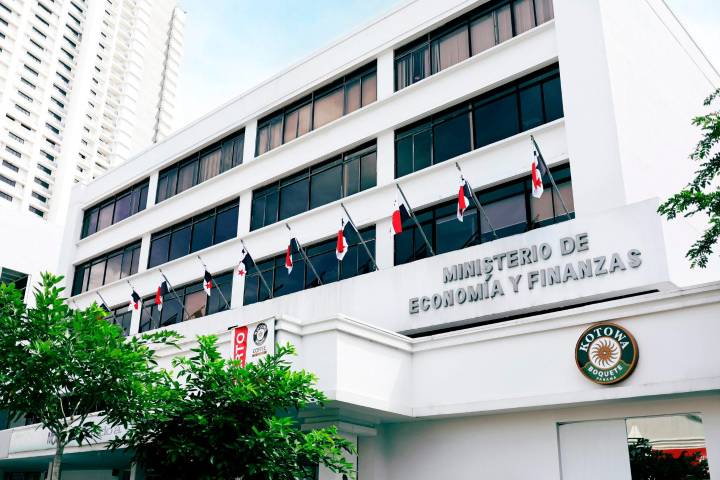Panama's Economy: Where Will Budget Cuts Fall in 2025?

Panama's Economic Outlook: Looming Budget Cuts and Debt Concerns
The Ministry of Economy and Finance (MEF) in Panama remains tight-lipped about where impending budget cuts for 2025 will be implemented. This silence comes after a recent exposé by La Estrella de Panamá highlighted the government’s increasing reliance on debt to cover payroll expenses, a direct consequence of a negative current savings rate.
The Debt-Fueled Payroll Problem: The investigation revealed a worrying trend: the Panamanian government is increasingly borrowing to meet its payroll obligations. This situation stems from a persistent negative current savings rate, meaning the government is spending more than it's saving. The rising debt burden is raising concerns among economists and financial analysts regarding the long-term sustainability of Panama's fiscal policy.
Root Causes of the Savings Deficit: La Estrella de Panamá's report identified a key contributing factor: a significant gap in compliance. This refers to discrepancies and inefficiencies in revenue collection, leading to a shortfall in government income. While the MEF has acknowledged these issues, specific details regarding the extent of the compliance gap and the measures being taken to address it remain scarce.
The Pressure for Budget Cuts: Facing mounting debt and a negative savings rate, the government is under increasing pressure to implement austerity measures. The MEF has indicated that budget cuts are unavoidable in 2025, but the sectors that will be most affected remain unclear. This lack of transparency is fueling speculation and anxiety within the public sector and across various industries.
Potential Areas for Cuts: While the MEF hasn't provided specifics, potential areas for budget cuts could include:
- Public Investment Projects: Large-scale infrastructure projects could be delayed or scaled back.
- Social Programs: Funding for social welfare programs could be reduced, although this would likely face strong opposition.
- Government Operations: Efficiency improvements and streamlining of government operations could lead to cost savings.
- Subsidies: Government subsidies for various sectors, such as agriculture or energy, could be reduced.
The Importance of Transparency: The lack of clarity surrounding the upcoming budget cuts is hindering effective planning and decision-making across various sectors. Greater transparency from the MEF regarding the rationale behind the cuts and the specific areas that will be affected is crucial to mitigate potential negative impacts and ensure a smooth transition.
Looking Ahead: The Panamanian government faces a challenging economic landscape. Addressing the negative savings rate, improving compliance, and implementing responsible fiscal policies will be essential to ensure the long-term stability and prosperity of the nation. The coming months will be critical as the MEF finalizes the 2025 budget and outlines its strategy for navigating these economic headwinds.






